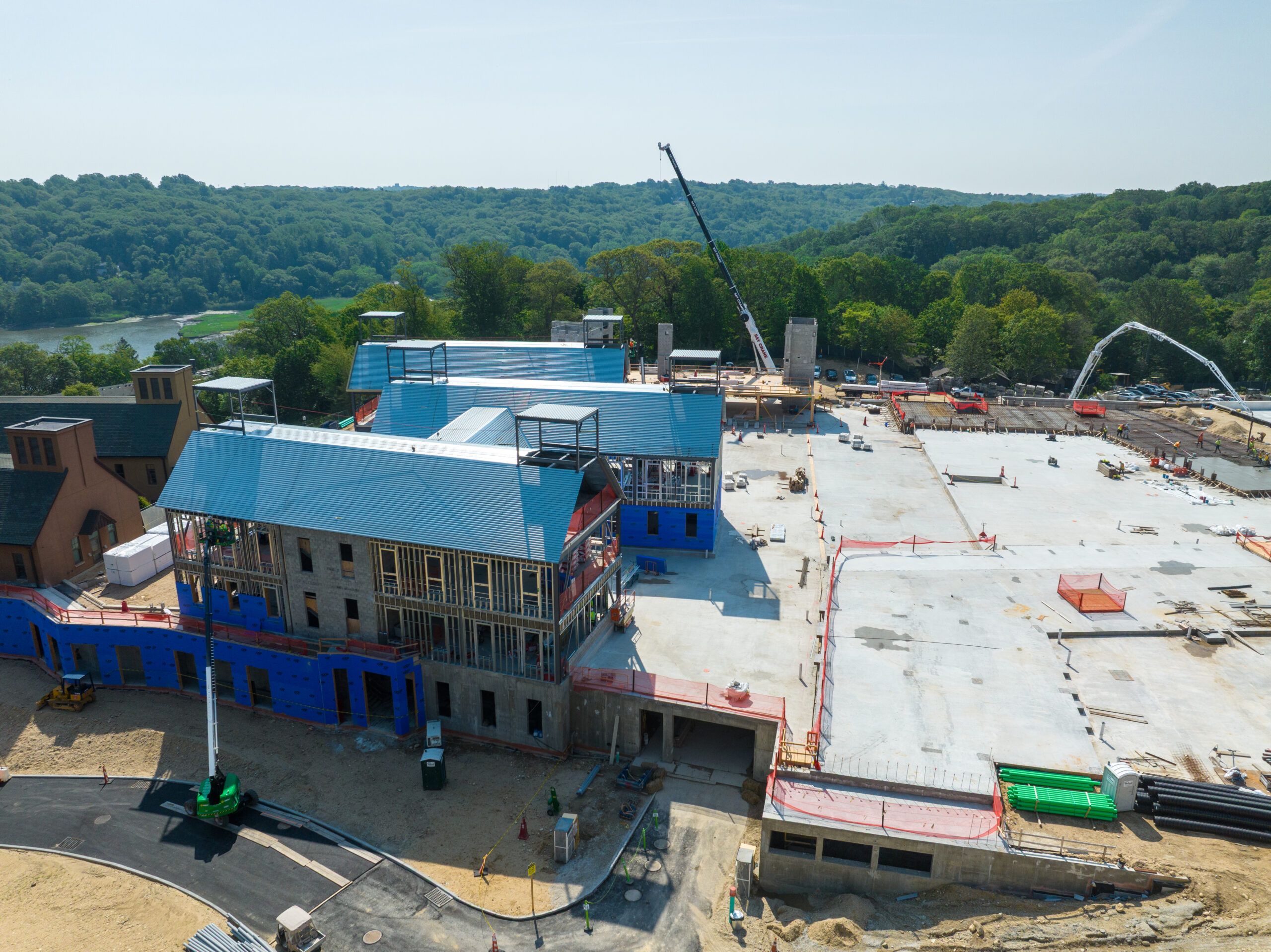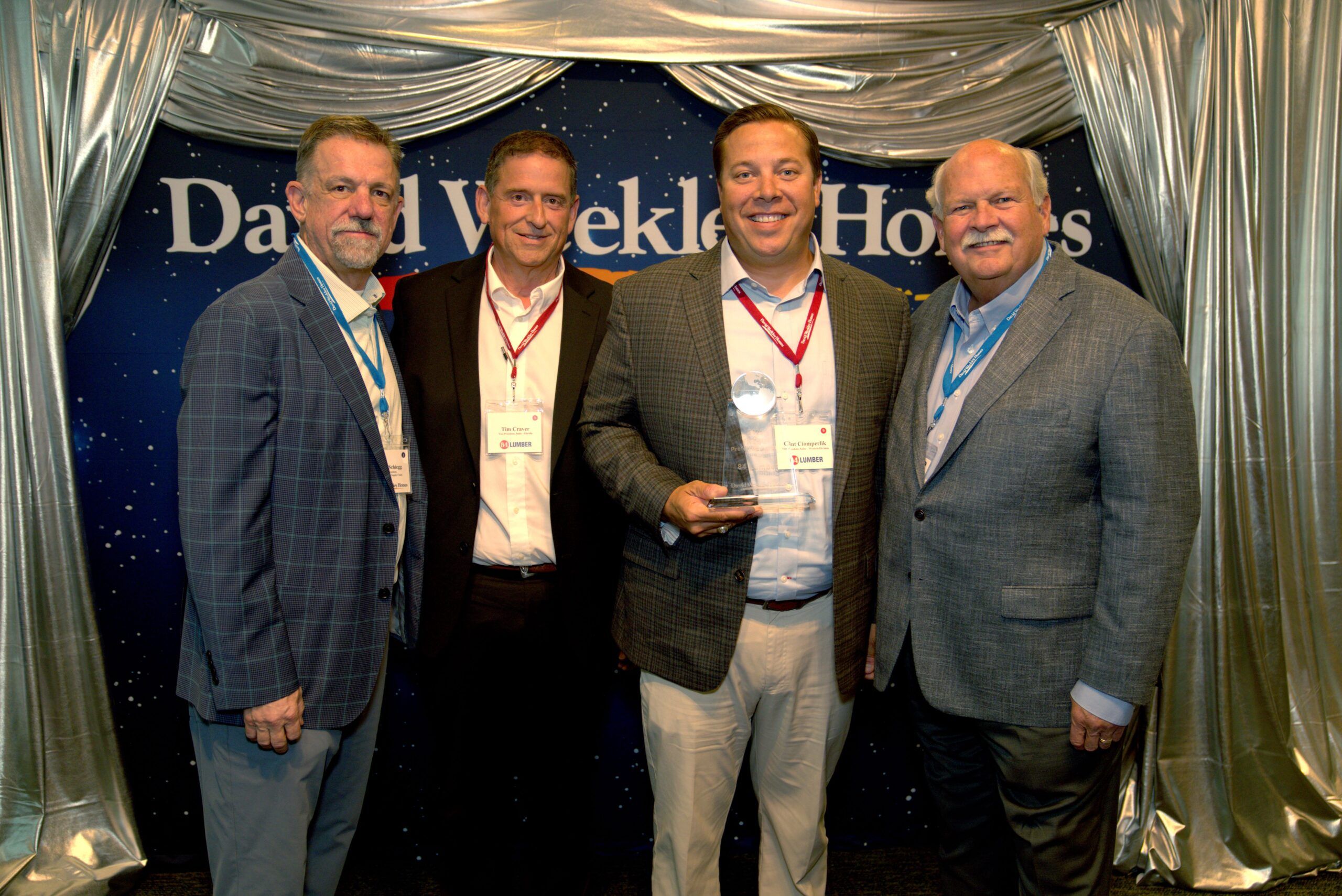There’s nothing worse than turning on the air conditioner on a hot day—only to realize it’s blowing warm air or barely working at all. When your A/C isn’t doing its job, your home can quickly become uncomfortable, especially during the peak of summer.
Before you assume your system is broken beyond repair, it’s worth investigating the possible reasons it might not be cooling properly. In many cases, a simple air conditioner service by your local aircon technician can resolve the issue before it turns into a costly repair.
Some issues are simple to fix, while others may require professional help. Either way, understanding what’s going wrong can save you time, money, and a lot of sweat.
Here are six common reasons your air conditioner might not be cooling as it should—and what you can do about it.
1. Dirty Air Filter
Let’s start with one of the easiest and most overlooked culprits: a clogged air filter.
Your A/C relies on proper airflow to function efficiently. When the filter becomes clogged with dust, dirt, or pet hair, it restricts the flow of air. That means less cool air gets circulated through your home, and your system has to work harder just to keep up.
What to look for:
- Weak airflow from vents
- More dust around your home
- A spike in your energy bill
What to do:
Check your air filter. If it looks dirty or hasn’t been replaced in the last 1–3 months, swap it out for a new one. This quick fix often improves cooling performance immediately.
2. Thermostat Issues
Sometimes, your air conditioner isn’t the problem—it’s your thermostat.
If the thermostat isn’t reading the temperature correctly, or if it’s set to the wrong mode, your A/C might not kick in when you need it to. It might even shut off prematurely before your home reaches the desired temperature.
What to look for:
- Thermostat set to “fan” instead of “cool”
- Inaccurate temperature readings
- No response from the A/C when you adjust settings
What to do:
Double-check that the thermostat is set to “cool” and that the temperature is set lower than your current room temperature. If the display is blank or flickering, try replacing the batteries. If the problem continues, you might need a new thermostat—or have it professionally recalibrated.
3. Low Refrigerant Levels
Refrigerant is the substance your air conditioner uses to absorb heat from your home and release it outside. If your system is low on refrigerant, it won’t be able to cool your space effectively.
Unlike fuel in a car, refrigerant doesn’t get “used up.” If levels are low, there’s likely a leak somewhere in the system, which needs to be located and repaired.
What to look for:
- Warm air coming from vents
- Ice forming on the outdoor unit or refrigerant lines
- Hissing or bubbling sounds near the A/C
What to do:
This isn’t a DIY fix. If you suspect low refrigerant, call a licensed air conditioner technician. They’ll inspect your system for leaks, repair them, and recharge the refrigerant to proper levels.
4. Dirty or Blocked Condenser Unit
Your outdoor unit—the condenser—plays a key role in releasing heat from inside your home. But if it’s covered in dirt, leaves, or debris, it won’t be able to do its job efficiently. That heat stays trapped, and your home remains warm.
Sometimes, the fins on the condenser coil can also become bent or blocked, which further reduces performance.
What to look for:
- A/C running constantly but not cooling
- Outdoor unit is visibly dirty or covered in vegetation
- You haven’t cleaned the unit in a year or more
What to do:
Turn off the power and gently hose off the condenser with water. Use a soft brush to remove debris, and clear any plants or objects within two feet of the unit. If the fins are bent, you can buy a coil fin comb or call in a professional to straighten them.
5. Leaky or Poorly Insulated Ductwork
Even if your A/C is working perfectly, cool air can be lost before it ever reaches your living space. That’s because many homes have ductwork that runs through hot attics or crawl spaces—and if those ducts are leaking or poorly insulated, the cooled air escapes along the way.
According to the U.S. Department of Energy, leaky ducts can reduce cooling efficiency by up to 30%.
What to look for:
- Certain rooms never get cool
- Higher energy bills despite regular A/C use
- Visible gaps, tears, or holes in ductwork (if accessible)
What to do:
You can seal minor leaks yourself using foil-backed tape or duct sealant (not regular duct tape). But for a full inspection, especially if you can’t access all the ducts, it’s best to have an HVAC pro test the system and recommend solutions like sealing or re-insulating key areas.
6. A/C Unit Is the Wrong Size
This one surprises a lot of people. Bigger isn’t always better when it comes to air conditioning.
If your unit is too large for your space, it might cool the air quickly—but it won’t run long enough to remove humidity. That can leave you feeling sticky and uncomfortable. On the flip side, if it’s too small, it may run nonstop and never quite reach your desired temperature.
What to look for:
- The system cycles on and off too frequently (short cycling)
- House feels humid even with A/C on
- Your unit seems to struggle despite regular maintenance
What to do:
If you’ve ruled out all other causes and your A/C is still underperforming, you may want to have a professional perform a load calculation.
This will determine the right size unit for your home based on square footage, insulation, windows, and more. Replacing the system may be the only long-term solution in this case.
Don’t Panic—Check These Common A/C Issues First
When your air conditioner isn’t cooling properly, it’s easy to panic—especially during a heatwave. But in many cases, the fix is easier than you might think. A dirty filter, a blocked condenser, or a simple thermostat issue can all mimic the signs of a major failure.
Before jumping to conclusions or shelling out for a brand-new system, take the time to check for these six common issues. And if in doubt, bring in a licensed technician who can get to the bottom of the problem quickly.
Because when it comes to staying cool in the summer, every degree matters.
Feature Image Source












